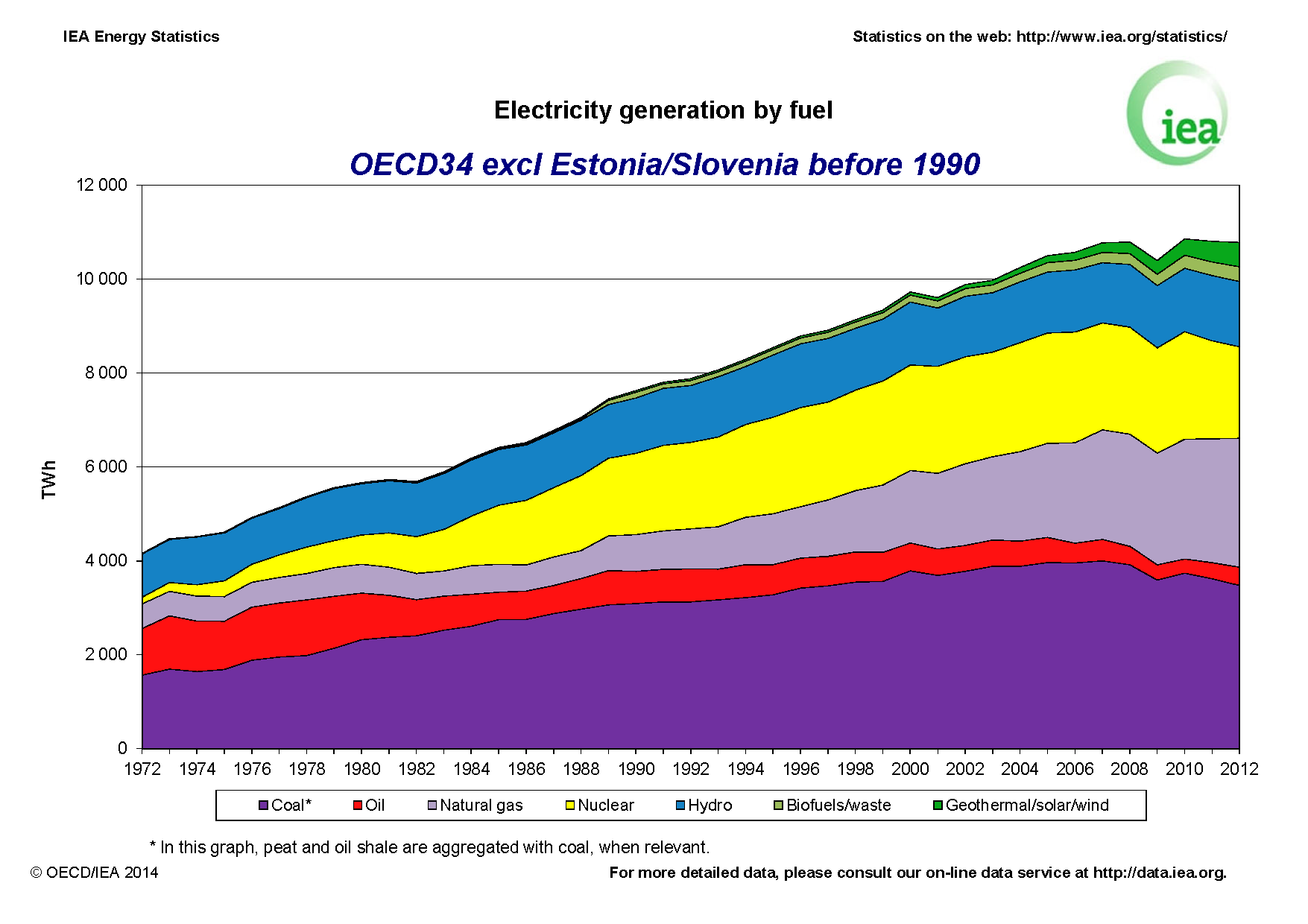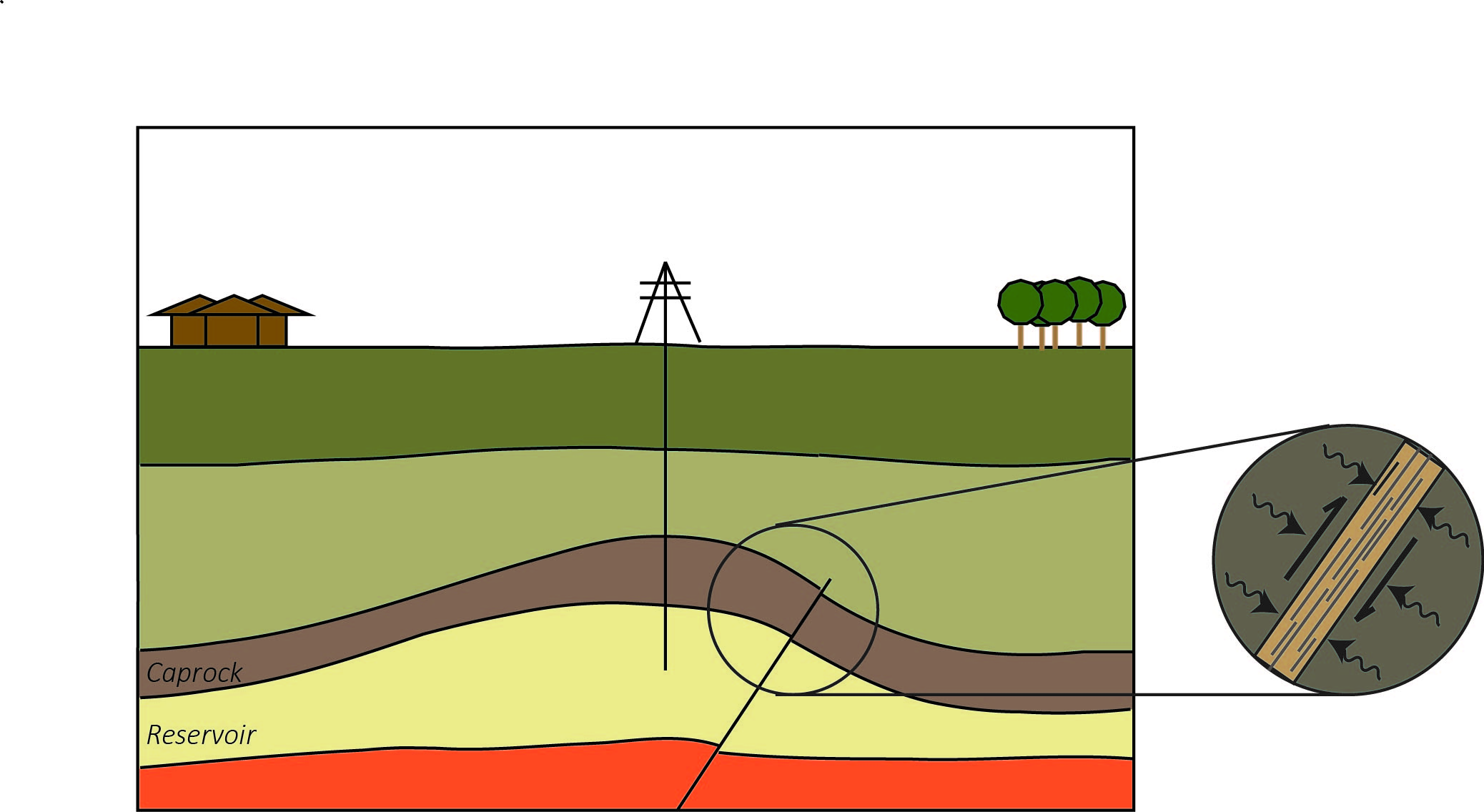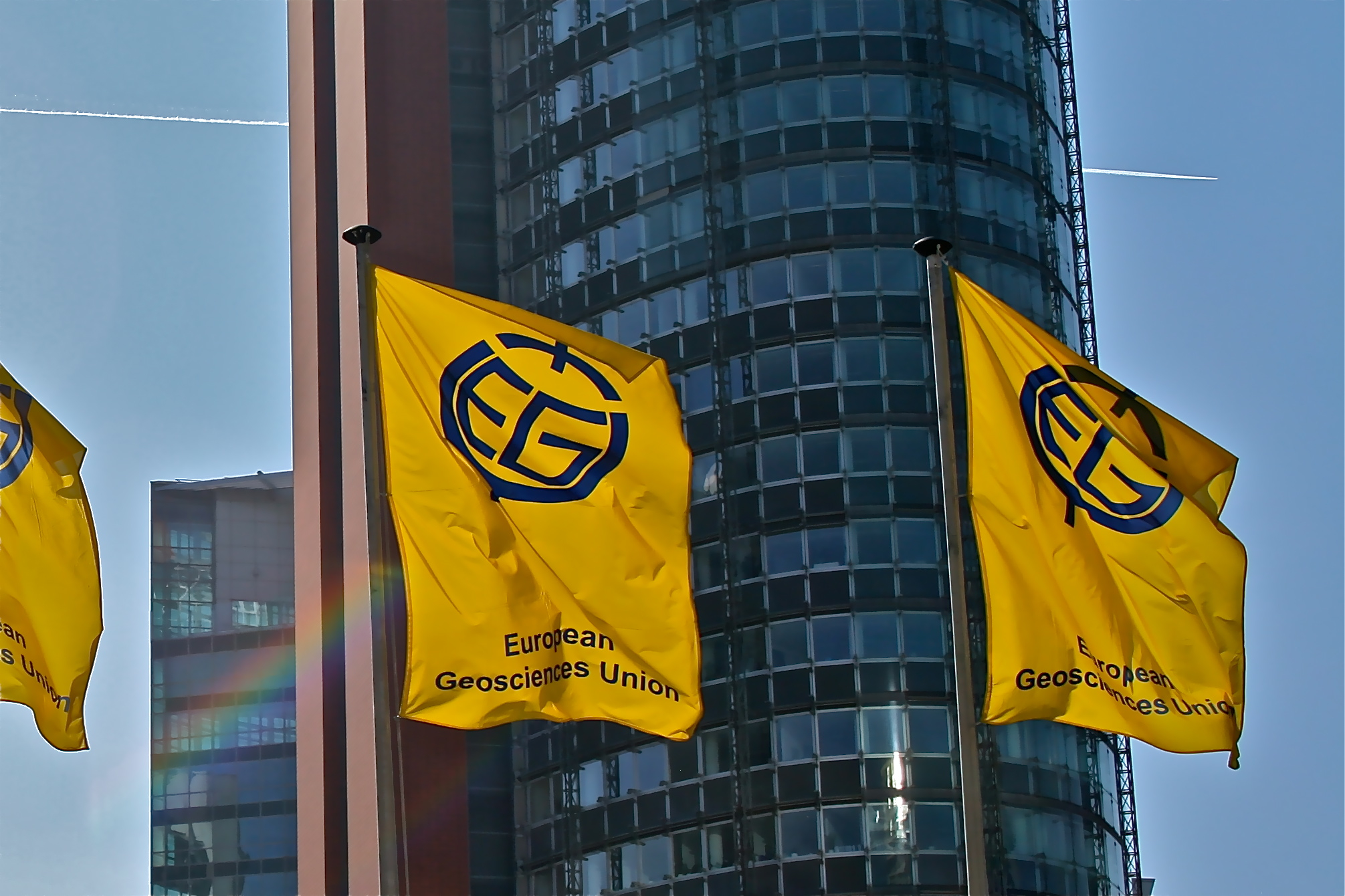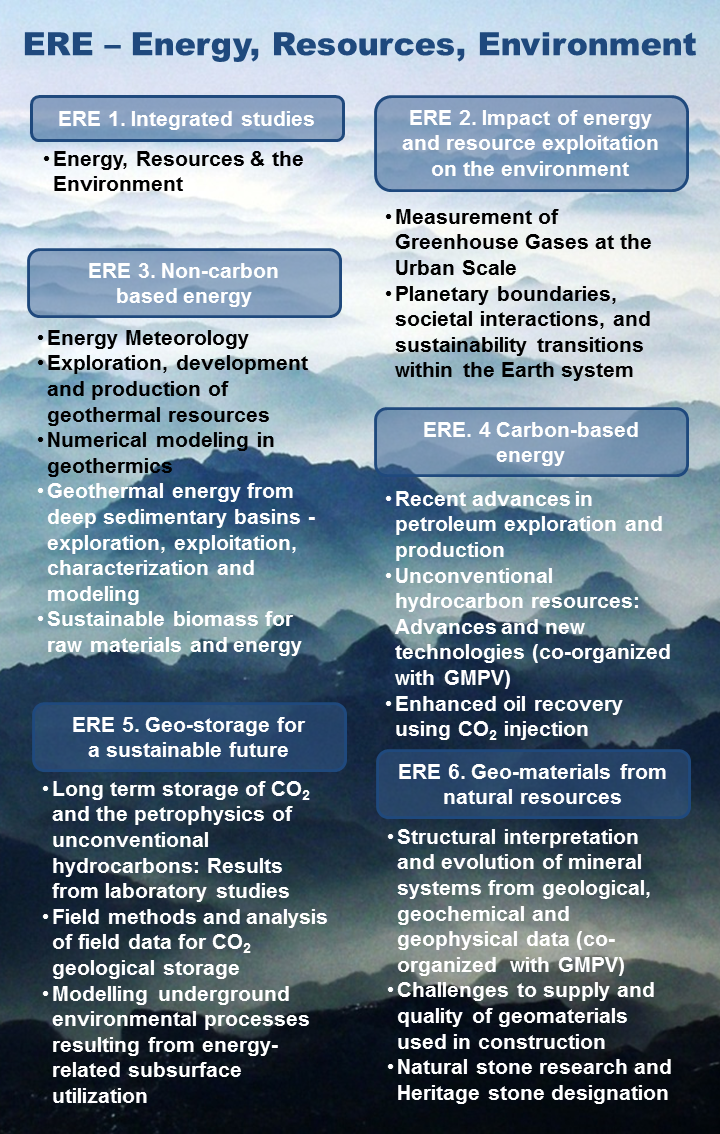It’s I’m a Geoscientist week! Or more exactly: weeks. From March 9 until March 20, the EGU supports I’m a Geoscientist to help students engage with scientists about real science. The Energy, Resources and Environment Division of the European Geosciences Union encompasses a broad range of different ERE-related topics, from surface to subsurface, spanning all aspects of geosciences. In order to demonstrate how broad the Division actually is, and what you can do as a geoscientist to be involved with energy, resources or the environment, we asked the members of the ERE committee to introduce themselves and explain how their day-to-day work relates back to ERE.
We will kick off with our President Chris Juhlin, Professor in Geophysics at Uppsala University.
***
 People have mixed feelings concerning large meetings such as the EGU in Vienna or the AGU in San Francisco. It is true that it can be more difficult to get immersed in the science at large meetings compared to small focused meetings and it may also be more difficult to make new contacts with other researchers. However, large meetings offer a wide variety scientific topics and the opportunity for the participant to get acquainted with new fields of research. They are also able to attract leading speakers that can give presentations that leave a lasting impact. I had this experience listening to Jeffery Sachs at the AGU in December 2014. He emphasized many issues that are directly related to research within the ERE division. We need to find solutions that will make the planet sustainable and comfortable for 10 billion people in the near future. This will involve using all our ingenuity in reducing the carbon footprint and management of resources. Although the program is not yet set for the 2015 EGU, I am sure that there will be speakers there that will also inspire us to work for solutions dealing with Energy, Resources and the Environment!
People have mixed feelings concerning large meetings such as the EGU in Vienna or the AGU in San Francisco. It is true that it can be more difficult to get immersed in the science at large meetings compared to small focused meetings and it may also be more difficult to make new contacts with other researchers. However, large meetings offer a wide variety scientific topics and the opportunity for the participant to get acquainted with new fields of research. They are also able to attract leading speakers that can give presentations that leave a lasting impact. I had this experience listening to Jeffery Sachs at the AGU in December 2014. He emphasized many issues that are directly related to research within the ERE division. We need to find solutions that will make the planet sustainable and comfortable for 10 billion people in the near future. This will involve using all our ingenuity in reducing the carbon footprint and management of resources. Although the program is not yet set for the 2015 EGU, I am sure that there will be speakers there that will also inspire us to work for solutions dealing with Energy, Resources and the Environment!
My research related to ERE involves the fields of mining geophysics, carbon dioxide storage and storage of spent nuclear fuel. In addition, I have research interests in scientific drilling and larger scale crustal geophysics.
If the world’s population is to live at an European comfort level then we will need to find numerous new ore deposits. We should not expect that all these deposits should be found outside of Europe. In fact, both from a social standpoint and an economic one, it is in our interest to ensure that we find ore deposits in our own backyard and not rely on the rest of the world to supply us with metals. Currently Europe consumes about 20% of the world’s metals, but only produces about 4% of them. My research in mining geophysics is related to the development of geophysical methods for building of more accurate geological models of the subsurface. This increased accuracy allows ore to be found and extracted with less impact on the environment.
The world is still heavily dependent upon on fossil fuels for electricity production, heating and transport. In addition, many industrial processes generate large amounts of carbon dioxide that are released into the atmosphere, for example steel production. Although there is an accelerating trend to increased use of non-fossil fuels for electricity production, heating and transport we will most likely remain highly dependent on fossil fuels for the rest of the century. If Europe is to reach zero carbon emissions by 2050 then geological storage of carbon dioxide is necessary. My research involves development of seismic methods for monitoring the carbon dioxide in the sub-surface to ensure that it remains there after injection. I am also involved in initiating a pilot project for testing various aspects of carbon dioxide storage in Sweden.
Nuclear energy is a near-zero carbon emission technology that accounts for about 18% of the electricity generated within the OECD (see the Figure). It has many advantages over fossil fuel energy, but there are also challenges in using it as most recently evidenced by Fukushima in 2011. In addition, the spent fuel rods need to be stored safely for on the order of 100 000 years. My research involves using seismic methods to locate rock that has the potential to store the spent fuel safely. My own country, Sweden, along with Finland are furthest along in the world in building permanent storage facilities. These facilities will also require the use of geophysics to monitor the sites in the initial stages of storage.





